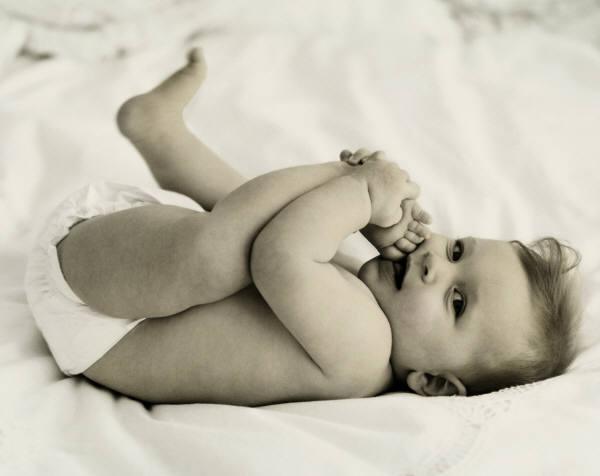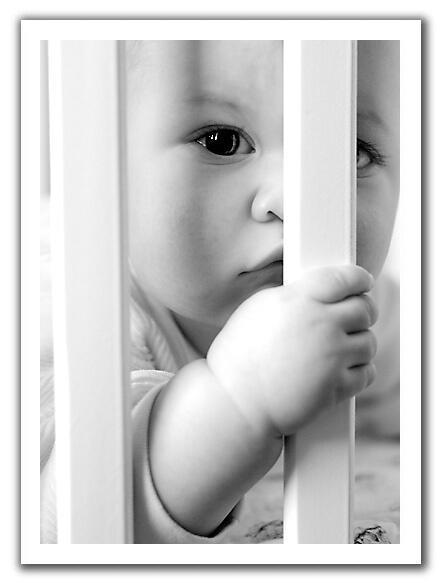We ended our visit to Anuradhapura at about 1pm, and our next destination was supposed to be Mihintale, but the guide suggested we visit Polonnaruwa instead. The plan was to visit Polonnaruwa on Day 8, before making our way back to Negombo for our early morning flight on Day 9. However, our guide was concerned that we might reach Negombo very late. I’m not sure why – perhaps he was worried about us driving the long distance in the dark. Against my better judgment, we agreed anyhow and drove 2hr to Polonnaruwa, stopping along the way for lunch.
By the time we reached Polonnaruwa, it was already 4pm, and we had only 2 hour to see Polonnaruwa before it got dark so to my utter regret and dismay, we had to rush from one site to another.
Anyway, Polonnaruwa became the capital of Sri Lanka following the decline of Anuradhapura. As with Anuradhapura, Polonnaruwa had its vast irrigation network with reservoirs that look like natural in-land seas to irrigate rice fields during the dry season. Among the main tourist attractions at Polonnaruwa, a UNESCO World Heritage Site, are preserved ruins of magnificent royal palaces, enormous Buddhist temples and intact monumental statues carved from solid rock boulders.
We started with a short tour of the Polonnaruwa Visitor Information Centre and Museum. With a huge scale model of the site, it brings Polonnaruwa's palaces and temples to life.
At the present city of Polonnaruwa itself is the largest (23sqkm) ancient irrigation reservoir called Parakrama Samudra (Sea of Parakrama), a lovely, shimmering expanse of water. It has been restored more or less in its original form, with a bund of about 13km long and 12m high.
Standing close to the shore of the great man-made lake are the ruins of Potgul Vihara Monastery. Rather than a place of worship or meditation, it is thought to have been instead used to store sacred books. It is surrounded by ruins of a number of residential cells housing monks looking after this oldest library complex in Sri Lanka.
North of Potgul Vihara stands a 11.5-feet high granite statue. This is believed to be a rock sculpture of King Parakramabahu the Great but some scholars believe that it represents a sage.
Within the ramparts of the Royal Citadel are the ruins of the great King Parakramabahu’s (1153 – 1186 AD) palace, the Council Chamber and the Royal Bath. According to historical records the King's Palace had been seven stories high with a thousand chambers. The remains of three stories and a few of the chambers can be seen. Around the palace, ruins of many buildings are seen, which may have been used as places for rituals, as well as housing for palace aides and storage.
The Council Chamber where the King met his ministers is situated a few metres away in front of the palace. It is an impressive building with fine stone carvings.
Kumara Pokuna (Royal Bathing Pool) is situated outside the rampart with a flight of steps leading to it. The communal pool where the ladies of the court took their evening baths, is made of stone and was fed with water from the stream which runs through the palace grounds. A nearby pavilion housed the changing area.
The Dalada Maluva (Sacred Quadrangle) stands within its own rectangle of walls, guarding the richest collection of ancient buildings in any of Sri Lanka's ruined capitals. Within the quadrangle are temples built by different kings to house the Sacred Tooth Relic of Buddha – Atadage built by King Vijayabahu the Great (1055 – 1110 AD), Vatadage built by King Parakramabahu the Great (1153 - 1186 AD) and Hatadage built by King Nissankamala (1187 – 1196 AD).
Atadage: this oldest building in the Sacred Quadrangle was a two-storied building. The upper floor, housing the relic, was made of timber and covered in clay tiles.
Vatadage: a circular building some 18m in diameter, with four entrances leading to a central dagoba (shrine) which houses four seated Buddha images.
Hatadage: it is said that it is called Hatadage because it was built within sixty (hata) hours. It was a two storied building with the Tooth Relic housed on the upper floor.
Another important building is the Nissamka-Lata Mandapa, with its creeper-like lotus pillars. This pavilion was built by King Nissankamala in the 12th century for the chanting of religious texts.
The Galpotha (Stone Book) is a 9m x 4.3m stone carving of a palm leaf book used to record Buddhist texts and royal genealogies. The inscriptions therein records the achievements of King Nissankamala – among other things the King's invasion of India.
At the southwest corner of the Quadrangle is the Thuparama, one of the best preserved image houses and the only monument in Polonnaruwa to survive with its roof intact. There are indications that there had been a giant seated Buddha image inside, but only the large seat now remains.
Finally, in the northeast corner of the Quadrangle are the ruins of Satmahal Prasada. Unlike the usual rounded stupas of Sri Lanka, the Satmahal Prasada is a six-storey pyramid-like building. Clearly there has been outside influence and some historians have pointed out the resemblance to the Mahapol Chedi in Northern Thailand.
Gal Vihara or the Rock Temple consists of three impressively large Buddha images carved on a face of a single granite rock about 27m in length and 10m in height at the centre and sloping towards the ends. These are masterpieces of Buddhist sculpture in Sri Lanka dating back to the 12th century, bringing to life serene facial expressions and graceful flow of the robes. The standing Buddha on a lotus pedestal is about 7m tall, while the reclining Buddha is 14m in length.
Our last stop was the elegant Lotus Pond. It was built in the 12th century in the shape of an eight petal lotus flower with four parallel tiers, probably to provide seating to the monks while bathing.
It was already dark by then, so we had to miss a few more sites which I was keen to explore. I was really upset that
we had to rush through this delightful place.
Should not have listened to the guide, should have insisted on visiting this
on Day 8 instead!


























4 comments:
hehe...not pantang to bring kids to places with graves? as my boys very kacau, we a bit worried about going to YIN places.
Nvr mind, give you an excuse to go back for another visit.
Just like last time when I went to HK, didn't manage to go to see Big Buddha. Then the next year, went to HK again with Mom & aunt & we made a trip there :)
Looks like you had a wonderful family holiday :) Happy New Year to you!!!
Chinnee - are you referring to picture #4? Those are not tombstones la, those are ruins of ancient buildings.
WK - no la, don't think I'll be back to Sri Lanka for a holiday anytime soon. Might as well go visit somewhere I've not been.
Kitty - indeed. Blessed 2012 to you and yours too.
Post a Comment